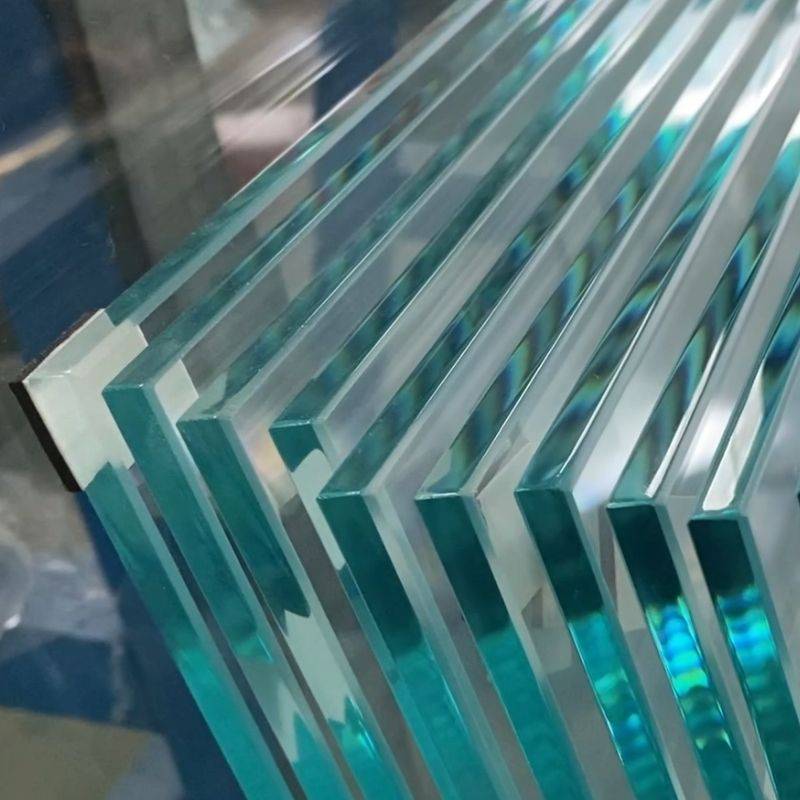

Understanding Float Glass Types A Comprehensive Overview
Float glass, known for its clarity and smooth finish, has become the standard for high-quality glass products used in various applications such as windows, facades, and mirrors. The process of manufacturing float glass involves floating molten glass on a bed of molten tin, which creates a smooth and uniform surface. This article delves into the different types of float glass, highlighting their properties and applications.
Types of Float Glass
1. Clear Float Glass Clear float glass is the most basic type of float glass, characterized by its high transparency and minimal color distortion. Often used in residential and commercial buildings, clear float glass is ideal for windows and doors, providing excellent visibility and natural light transmission. Its simplicity makes it a staple in many applications, although it offers minimal insulation properties.
2. Low-E Float Glass Low-emissivity (Low-E) float glass is coated with a thin layer of metal oxides that reflect infrared energy while allowing visible light to pass through. This type of glass is particularly popular in energy-efficient buildings, as it helps maintain indoor temperatures by minimizing heat transfer. Low-E float glass can significantly reduce heating and cooling costs, making it an eco-friendly choice for modern architecture.
3. Tinted Float Glass Tinted float glass is produced by adding colorants to the glass during the manufacturing process. The result is a glass that reduces glare and solar heat gain, making it ideal for locations with high sun exposure. Tinted float glass comes in various colors, allowing architects and designers to create aesthetic appeal while enhancing comfort. This type of glass is commonly used in office buildings, skylights, and curtain walls.

4. Reflective Float Glass Reflective float glass has a metallic coating applied to one side, which reflects a significant amount of solar radiation. This glass type is commonly used in commercial buildings where aesthetics and energy efficiency are crucial. Reflective float glass helps to reduce heat accumulation and glare while providing a degree of privacy, as it is harder to see through from the exterior during daylight hours.
5. Laminated Float Glass Laminated float glass consists of two or more layers of float glass bonded by an interlayer, typically made from polyvinyl butyral (PVB). This combination enhances safety and security, as it is resistant to shattering. Laminated float glass is widely used in areas prone to accidents, such as storefronts, glass doors, and in vehicles. Additionally, it provides sound insulation and can protect against harmful UV rays.
6. Tempered Float Glass Tempered float glass is treated through a process of extreme heating and rapid cooling, making it much stronger than standard glass. This type of glass is often used in applications that require high strength and safety, such as shower enclosures, glass doors, and partitions. In the event of breakage, tempered glass shatters into small, blunt pieces, reducing the risk of injury.
7. Annealed Float Glass Annealed float glass is cooled slowly during production, which helps to relieve internal stresses. While not as strong as tempered glass, annealed glass is suitable for various applications where safety and strength are not primary concerns. It is often used in picture frames, showcases, and interior glass partitions.
Conclusion
In summary, float glass comes in various types, each designed to meet specific needs and applications. From clear float glass, which provides basic visibility, to high-performance options like Low-E and tempered glass, the choices available cater to aesthetic, functional, and safety requirements. Understanding the different types of float glass is essential for architects, builders, and consumers alike, as the right type can significantly impact energy efficiency, comfort, and safety in any built environment. Whether for residential homes or commercial buildings, float glass remains a versatile and indispensable material in the modern world.